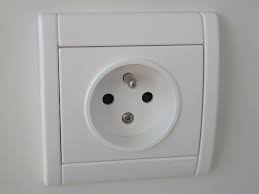Much electric power socket (usb ปลั๊ก, which is the term in Thai) are available in markets, you can buy them and install in your houses to avoid any future short circuit and any other power-related incidents.
They’re all built for different conditions, and you need to be sure that your house has the right outlet for the work.
Here are a few sockets discussed below you can install in your homes.
GFCI, AFCI And, 20A power Sockets:
A ground fault circuit interrupter, or short GFCI, is designed to quickly cut off the control of an outlet when it senses a short circuit or ground fault. Normal electrical flow occurs when the current passes via the hot wire and returns via neutral wire, but if electricity flows behind that, the outlet of the GFCI will cover.
AFCI Short for “arc fault circuit interrupter,” it defends against arcs that arise as electricity leaps from one cable to another, which can lead to a spark.
You can use more power-hungry machines without the breaker tripping for 20A loops and 20A outlets because they can handle 25 percent more load than most other outlets. Throughout kitchens, laundry rooms, and garages, you can typically find 20A connections and breakers, as most power-hogging machines found in those regions.
Switched, USB and, Smart power Socket:
If you want to monitor an outlet’s capacity by flipping it on and off whenever you like, go for a flipped outlet. It is a receptacle with one outlet and a key that switches it on and off.
The ones that still come with two standard outlet receptacles are an everyday go-to choice but cram in two USB ports to charge your mobile devices. Even, you will find one that replaces both receivers with four USB ports. All ports will power your batteries up to 4 volts, enabling you to charge your mobile devices at full speed.
If you want to take things up to a whole new level, grab some smart outlets. They’re like regular outlets, but your smartphone can control them. That means they switched on and off just about anywhere.




